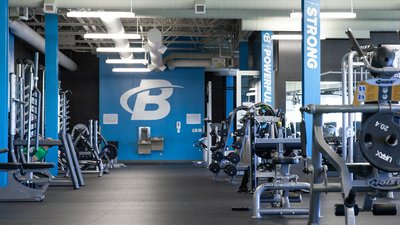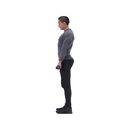It's Monday morning again. Your alarm clock wakes you from a deep sleep. It's time to start your week, joint pain and stiffness be damned. You define the weekend warrior. You live to subject your body to the court or field, embroiled against your friends (and enemies) in lively competition, but your weekday training could use a boost.
Make a decision: Train Monday through Friday so you can win the weekend wars.
This goal isn't easy. If you're like most people, you're stuck behind a desk for eight hours each day. Then you have to compete for equipment at your packed gym before racing home to spend time with your family. Combine that mess with those few extra pounds you've carried around for the last few years, and it feels like you're behind the 8-ball.
Have no fear! Focus on three key areas: shrink your stomach, increase your flexibility, build muscle in all the right places, and your performance will improve in a few weeks.
Rule 1. Train Your Glycolytic System
Your glycolytic system, also known as the anaerobic or lactic acid system, provides fuel for intense exercises that lasts more than 10 seconds but less than two minutes. Think of running a 400-meter sprint, or making it through a sustained, bang-bang series of football plays or basketball fast breaks.
These short, intense periods are often the turning points in both amateur and professional sporting events. The team or competitor who can stay strong through a minute more of action and not need a timeout afterward has a clear advantage that lasts long after the two-minute burst ends.
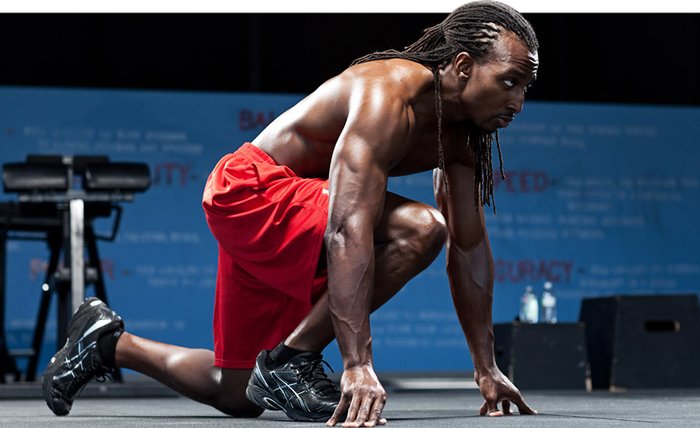
Short, intense periods are often the turning points in both amateur and professional sporting events.
Your glycolytic system is the one energy system that predominantly uses stored carbohydrates for energy. This offers a double bonus: By burning stored carbohydrates, you both lose fat and train your body to operate with sustained intensity.
For this reason, your workout should begin with a movement that taxes your glycolytic system. Here are some of my favorites:
100-Rep Deadlifts
Aim to complete 100 repetitions of a deadlift with a submaximal weight in less than 10 minutes. I typically recommend breaking up the 100 into sets of 20-25 reps at a time.
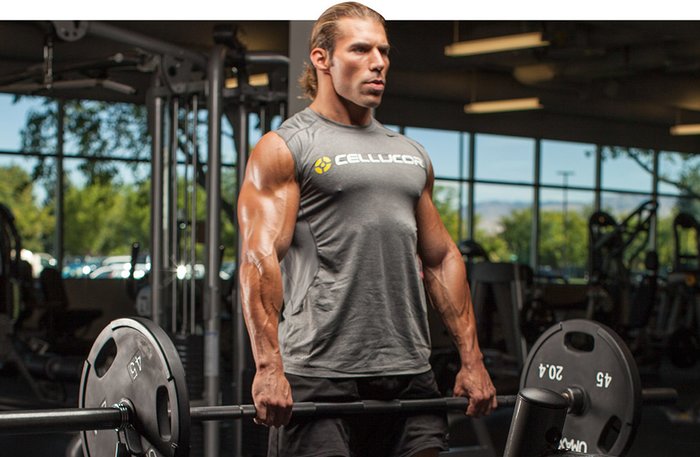
Aim to complete 100 repetitions of a deadlift in less than 10 minutes.
Rest as much as you want in between sets, but get the 100 reps done in less than 10 minutes.
Chin-Ups To Explosive Throws
I love this exercise pairing, because most people don't have enough upper body strength to complete more than 10 repetitions. As a result, feel free to add short rest periods to allow for partial recovery, so future reps of pull-ups can be completed.
Start by performing as many pull-ups as you possibly can. Once you fatigue, immediately drop down and perform 10 medicine ball explosive throws. Rest for 30 seconds, then repeat.
Don't have access to a medicine ball in your gym? No problem. Just keep a pair of dumbbells by you and perform a fast set of 10 reps of floor dumbbell presses.
Pre-Fatigued Core
Start by fatiguing your core with any basic movement like planks or cable chops. From here, perform a single-arm or single-leg exercises like flat dumbbell chest presses or rear-foot elevated split squats.
After pre-fatiguing your core you'll have a harder time performing the follow-up movement.
Rule 2. Train with Multiple Rep Ranges
One of the most common reasons why athletic injuries occur at any level is because the connective tissues—the ligaments and tendons—experience extra stress to which they are not accustomed.
This is why it's crucial to train with multiple different rep ranges, which condition your connective tissue to withstand the varying demands of your weekend athletic endeavors.
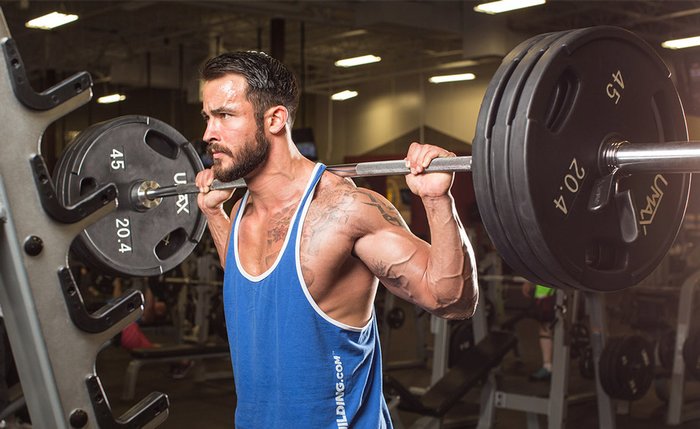
After your glycolytic system training is done, the second and third movements in your program should consist of a full-range-of-motion exercises that fatigue multiple muscle groups. Squats work incredibly well here, as do push-presses or squat-and-presses.
There are many exercises that combine lower and upper body, and which would work great as a set of 8 to 20 repetitions. Just make sure you perform a full range of motion.
Rule 3. Shorten Your Rest Periods
Shortening rest periods conditions your body to operate under a fatigue state. I can't overstate the importance of this. All those years of sitting on the sideline have left you unconditioned for the cutting and explosive demands of sports.
Your ability to delay the fatigue brought on by the depletion of substrates—the chemicals your muscles release when you're using them—is a critical component for increasing athletic performance.
Start by slowly decreasing your rest periods in between sets. Don't start out with 30-second rest periods. Rather, start with 60 seconds of rest, and then subtract 5 seconds during each workout until you're down to a 30-second rest.
What About Cardio?
I haven't mentioned aerobic or cardio work. Why is that? Traditional steady state or even interval training cardio doesn't effectively carry over to most athletic events besides marathon running. I can't see any reason to spend 30 minutes pounding away on the treadmill when you could be doing sport-specific conditioning.
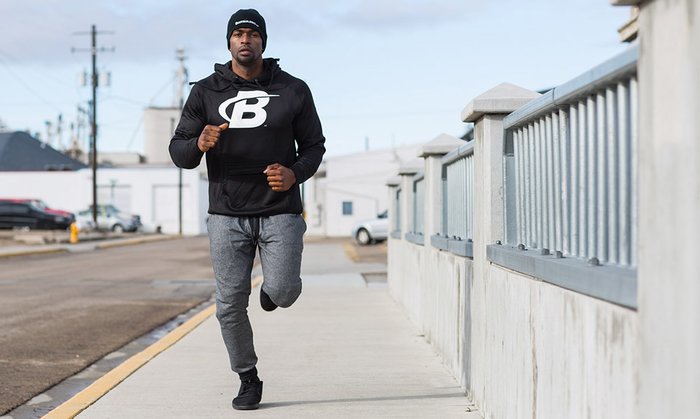
You don't have to get too complex with it. Let's say your weekend sport is pick-up basketball. Well, head to the court during the week (if you can get on it with no one around). Work on your side shuffles or sprint forward and backward in short spaces.
If soccer or football is your game, get on the field and do sprints and lateral work. Any sport-specific work will pay off more than camping out on a machine. You'll see a greater carryover effect, and you'll have fun doing it.
Here's a sample workout utilizing these three simple training rules:

BodyFit
$6.99/month- 2,500+ expert-created single workouts
- 3,500+ how-to exercise videos
- Detailed workout instruction
- Step-by-step workout tips
- Training at gym or at home
- Access to Workout Plans
- Access to Bodyfit App
- Store Discounts
Already have a Bodybuilding.com account with BodyFit? Sign In

What comes with BodyFit?

- Instructional Videos
Don't risk doing a workout improperly! Avoid injury and keep your form in check with in-depth instructional videos.

- How-to Images
View our enormous library of workout photos and see exactly how each exercise should be done before you give it a shot.

- Step-by-Step Instructions
Quickly read through our step-by-step directions to ensure you're doing each workout correctly the first time, every time.




